Chimichurri Sauce: What’s Inside This Zesty Green Wonder?
If you’ve ever sunk your teeth into a juicy Argentinian steak or grilled vegetable skewers bursting with flavor, there's a good chance chimichurri sauce was involved. This vibrant green (or sometimes red) condiment is the unsung hero of South American cuisine — and for good reason. But what exactly goes into chimichurri sauce? Let’s break it down with a dash of fun and a sprinkle of spice knowledge!
Table of Contents
- Introduction
- A Quick Dip Into History
- The Holy Grail: Chimichurri Ingredients Revealed
- Classic vs. Creative: Popular Chimichurri Variations
- Pro Tips: How to Make the Perfect Chimichurri at Home
- Beyond the Grill: Unconventional Uses for Chimichurri
- Green vs. Red Chimichurri: A Spicy Showdown
- Keep It Fresh: Storing Chimichurri Like a Pro
- Summary: What’s in Chimichurri Sauce?
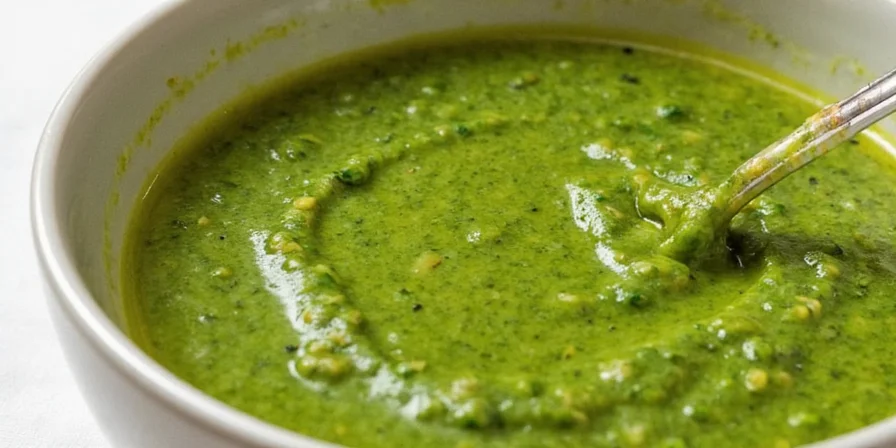
A Quick Dip Into History
Before we dive into the ingredients, let’s take a short historical detour. Chimichurri is believed to have originated in Argentina, although its exact roots are debated. Some say the name comes from the Basque phrase "tximitxurri," meaning “a mixture of things.” Others claim it was named after an Irish soldier named Jimmy McCurry who brought a similar sauce to South America.
No matter where it came from, one thing is certain: chimichurri became the go-to condiment for grilled meats, especially beef. And unlike many sauces that rely on cooking, chimichurri is all about raw power — fresh herbs, vinegar, garlic, and oil come together without heat to create bold, bright flavors.
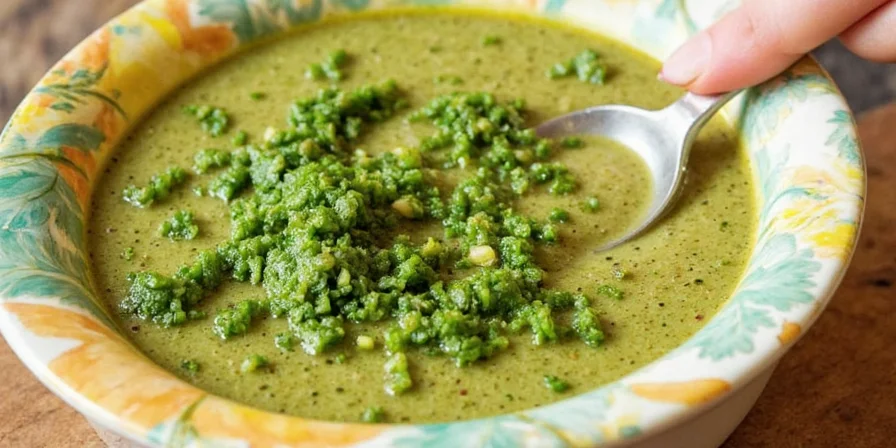
The Holy Grail: Chimichurri Ingredients Revealed
So, what makes chimichurri so special? Here’s the breakdown of the core ingredients that make up this legendary sauce:
- Parsley: The base of traditional green chimichurri. Flat-leaf parsley offers the freshest, most herbaceous flavor.
- Olive Oil: Provides richness and helps emulsify the ingredients. Extra virgin olive oil is preferred for its fruity notes.
- Vinegar: Adds tanginess and brightness. White wine vinegar is common, but apple cider or red wine vinegar can be used too.
- Garlic: The heartthrob of the sauce. Usually 2–5 cloves, depending on how intense you like it.
- Red Pepper Flakes: For a little heat. Optional, but recommended if you like a kick.
- Seasoning: Salt and black pepper round out the flavor profile.
That’s the classic lineup! However, just like any great band, members may vary over time…
Classic vs. Creative: Popular Chimichurri Variations
While the traditional version sticks close to the basic ingredients, modern cooks have taken liberties to create unique spins on chimichurri. Here’s a taste of popular variations:
| Type of Chimichurri | Core Ingredients | Additional Additions |
|---|---|---|
| Classic Green Chimichurri | Parsley, garlic, olive oil, vinegar | Red pepper flakes, oregano, salt & pepper |
| Red Chimichurri | All of the above | Add fresh tomatoes or dried chili peppers |
| Cilantro Chimichurri | Substitute cilantro for parsley | Lime juice instead of vinegar |
| Herb Medley Chimichurri | Parsley + cilantro + oregano | Fresh mint or basil for floral notes |
| Mayo-Chimi Fusion | Traditional base | Add mayo for creaminess |
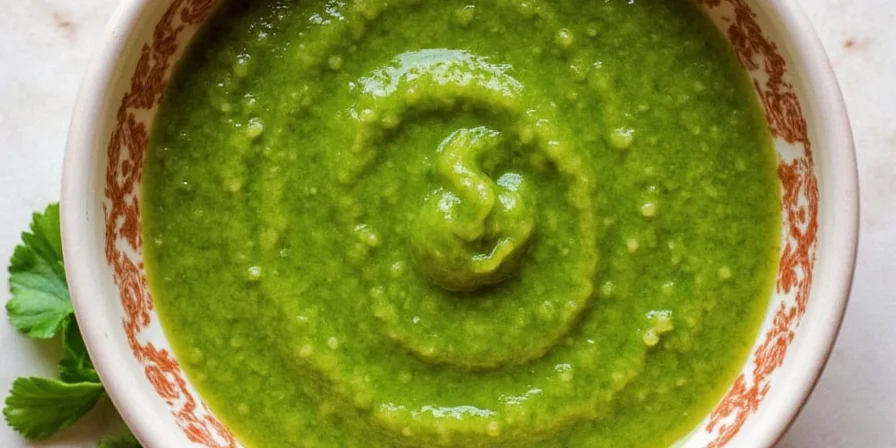
Pro Tips: How to Make the Perfect Chimichurri at Home
Want to whip up a batch that’ll make your guests drool? Follow these pro-level tips:
- Use Fresh Herbs: Don’t skimp here. Old, wilted parsley equals sad chimichurri.
- Chop by Hand: Yes, using a food processor is faster, but hand-chopping releases more aroma and gives a better texture.
- Let It Rest: Allow the sauce to sit for at least 30 minutes before serving. This lets the flavors meld beautifully.
- Bump Up the Garlic: If you're a garlic lover, smash the cloves before mincing. It unlocks more flavor.
- Balance Acidity: Taste as you go. If it’s too sharp, add more oil. Too oily? Add a splash of vinegar or lemon juice.
- Play With Heat: Want it smoky? Throw in some smoked paprika or chipotle powder.
- Don’t Skip Salt: Salt is the secret to bringing out all those herbal notes.
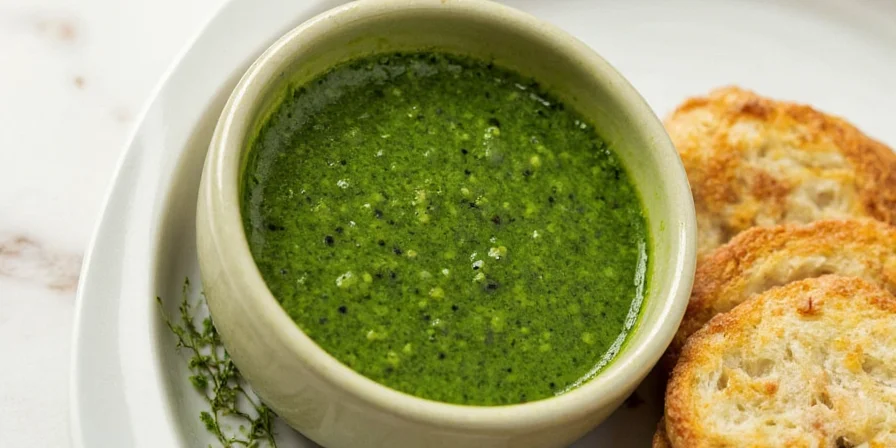
Beyond the Grill: Unconventional Uses for Chimichurri
You might think chimichurri only belongs on grilled meat — but that’s like saying salsa should never touch chicken. Think outside the grill! Here are some surprising yet delicious ways to use chimichurri:
- As a Sandwich Spread: Slather it on turkey, avocado, or veggie wraps for a flavor boost.
- In Eggs: Stir a spoonful into scrambled eggs or drizzle over huevos rancheros.
- On Roasted Veggies: Toss roasted cauliflower or zucchini in chimichurri for a fresh twist.
- Mixed Into Pasta: Toss with cooked pasta and Parmesan for a quick, vibrant meal.
- As a Dipping Sauce: Pair with fries, falafel, or even pizza crusts.
- With Seafood: Drizzle over grilled shrimp or baked fish for a zesty lift.
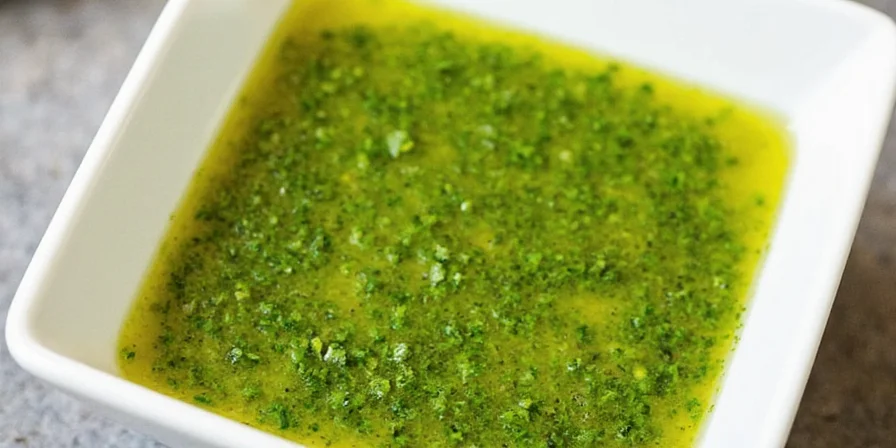
Green vs. Red Chimichurri: A Spicy Showdown
Green chimichurri is the OG, but red chimichurri is no slouch either. Let’s compare the two:
| Characteristic | Green Chimichurri | Red Chimichurri |
|---|---|---|
| Base Herb | Parsley | Parsley + Tomatoes or Peppers |
| Heat Level | Mild to moderate (depends on red pepper) | Moderate to hot (from chili addition) |
| Flavor Profile | Fresh, herby, zesty | Richer, slightly smoky, more complex |
| Best For | Light meats, veggies, seafood | Red meats, stews, bold dishes |
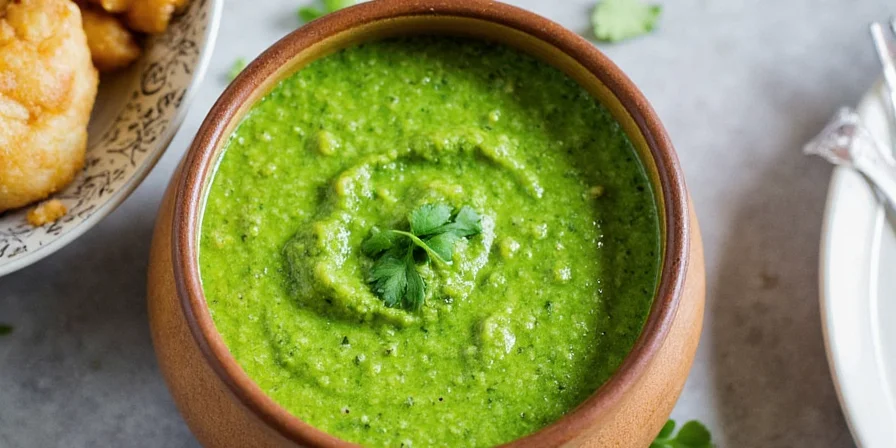
Keep It Fresh: Storing Chimichurri Like a Pro
Chimichurri is best fresh, but you can store it for later enjoyment. Here’s how:
- Refrigerator: Store in an airtight container for up to 7 days. The flavor actually intensifies over time.
- Freezer: Freeze in ice cube trays for easy portioning. Transfer cubes to a ziplock bag and keep them for up to 3 months.
- Olive Oil Layer: Pour a thin layer of olive oil on top before refrigerating or freezing. This protects the color and flavor.
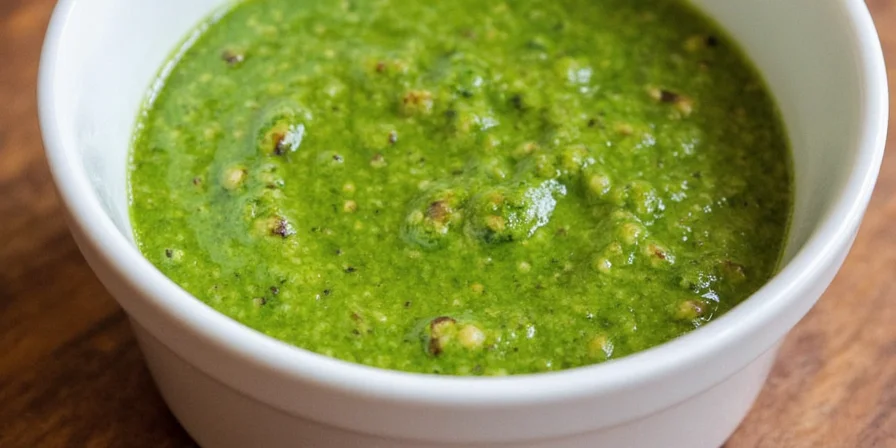
Summary: What’s in Chimichurri Sauce?
To wrap up our flavorful journey, here’s a quick summary of what’s inside this iconic sauce:
- Essential Ingredients: Parsley, garlic, olive oil, vinegar, salt, pepper, and optional red pepper flakes.
- Optional Add-Ons: Cilantro, tomatoes, chilies, herbs, citrus, and even mayo for creamy versions.
- Storage: Keeps well in the fridge for a week and in the freezer for months.
- Uses: From grilled meats to sandwiches, eggs, pasta, and beyond!
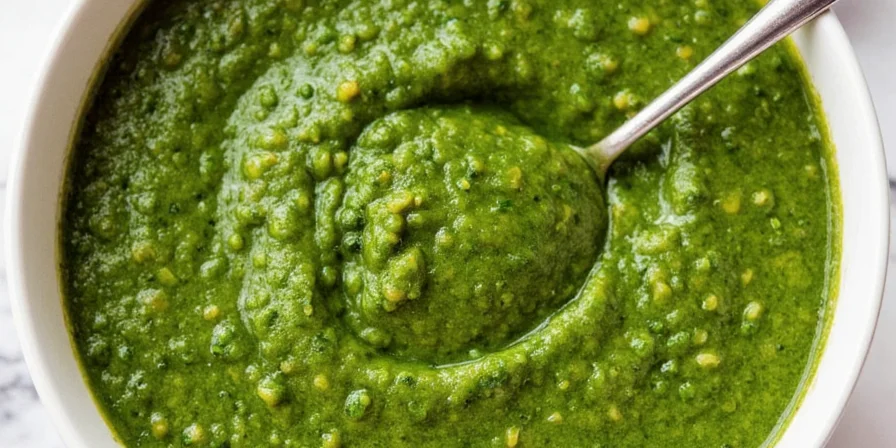
Final Thoughts: Spice Up Your Life with Chimichurri
Now that you know what’s in chimichurri sauce, it’s time to grab your apron and start blending! Whether you stick to the classic formula or go wild with new twists, chimichurri is a powerhouse of flavor that deserves a permanent spot in your kitchen arsenal.
It’s not just a sauce — it’s a celebration of freshness, simplicity, and spice. So go ahead, throw a few cloves of garlic, a handful of parsley, and a splash of vinegar into the mix. You might just discover your new favorite flavor companion.

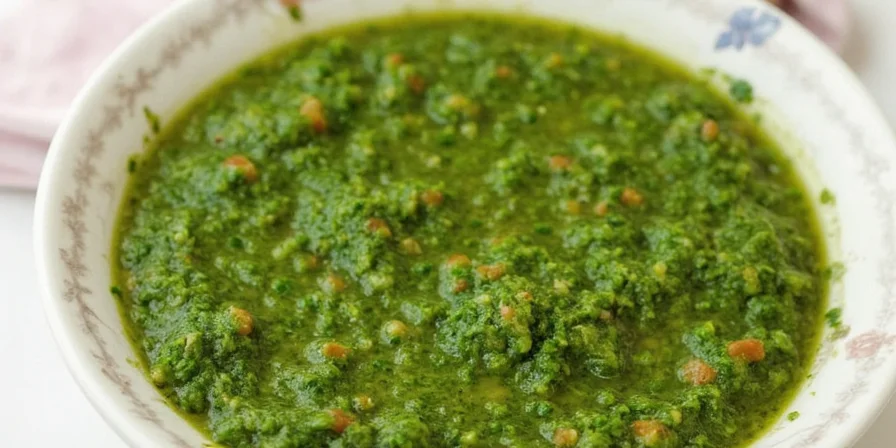









 浙公网安备
33010002000092号
浙公网安备
33010002000092号 浙B2-20120091-4
浙B2-20120091-4